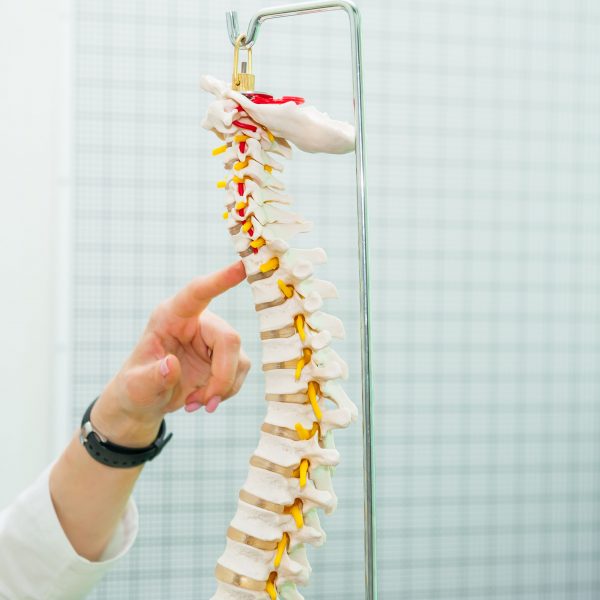On 10 June 2019, two cyclists and a pedestrian in West Beach, Adelaide were injured when they were hit by a van on Military Road. The cyclists, a 41-year-old man and his 12-year-old son, suffered serious injuries. According to witnesses, tyre marks covered the boy’s body and that he felt intense pain from his legs. His father, who had received an open fracture on his leg, comforted him until emergency responders arrived.
Every year, an average of 38 cyclists are included in the over 1,000 Australians who die from transport-related accidents. Although this shocking accident might make it seem otherwise, the hospitalisation rate of Australian road users is decreasing. However, the opposite is true for cyclists in Australia, whose hospitalisation numbers are increasing every year.
Rising Numbers
Despite the availability of protective accessories, such as bike helmets, and customisable safety apparel, such as vests with reflective tape, the number of cyclists in Australia who are hospitalised has increased by an average of 1.5 per cent every year. More alarming still, from 2010 to 2016, this number increased to 4.4 per cent per year.
From 2015-2016, approximately 12,000 cyclists received injuries from a crash that required hospitalisation, one-fifth of all people hospitalised for injuries due to crashes involving land transportation. Over half of their injuries (55 per cent) were from fractures, often located in an upper limb.
Among age categories, more 25-44-year-old cyclists were injured (3,676 individuals) than any other age range. Cyclists between the 45-64 years of age received the second most injuries, with 3, 174 cases. According to the Australian Institute of Health and Welfare, older cyclists were more prone to life-threatening injuries. Those between 45-64 years of age had a 29.8 chance of receiving such a debilitating injury. Aside from wearing protective gear, what can cyclists do to avoid injury?
Tips and Tricks for Cyclists

A cyclist has little to no control over the behavior of motorists, but there are several things they can remember to avoid the most common bicycle accidents. Vigilance and common sense are two important attributes that can keep a cyclist out of hospital.
Vigilance. A cyclist should always look carefully for traffic, particularly when crossing an intersection or riding down a driveway. Motorists might not be able to see a cyclist especially when they’re turning in an intersection. A cyclist must be more vigilant if they’re crossing or turning in an intersection and be very mindful of the colour of the traffic light and any incoming vehicular traffic.
A car door that suddenly opens can present a serious obstacle, and injury, to an unwary cyclist. To avoid slamming into one, a cyclist should be aware if a parked vehicle in their path has occupants. To be on the safe side, they should also ride more than a metre away from parked cars.
Common Sense. A cyclist should match their watchfulness with common sense if they don’t want to end up getting hurt. To this end, they should never ride down a street the wrong way. They should also avoid cycling in narrow, poorly lit streets after dark to minimise the risk of a car sideswiping them. They should also invest in rear reflectors, bike lamps and reflectorised clothing to increase their visibility during the night. Most of all, a cyclist who values their safety should always maintain a sensible speed on the road.
The rising number of cycling injuries should be a wake-up call for Australia’s cyclists and motorists. Everyone should educate themselves on how to reduce these alarming numbers and allow people to keep safely pedalling on.






